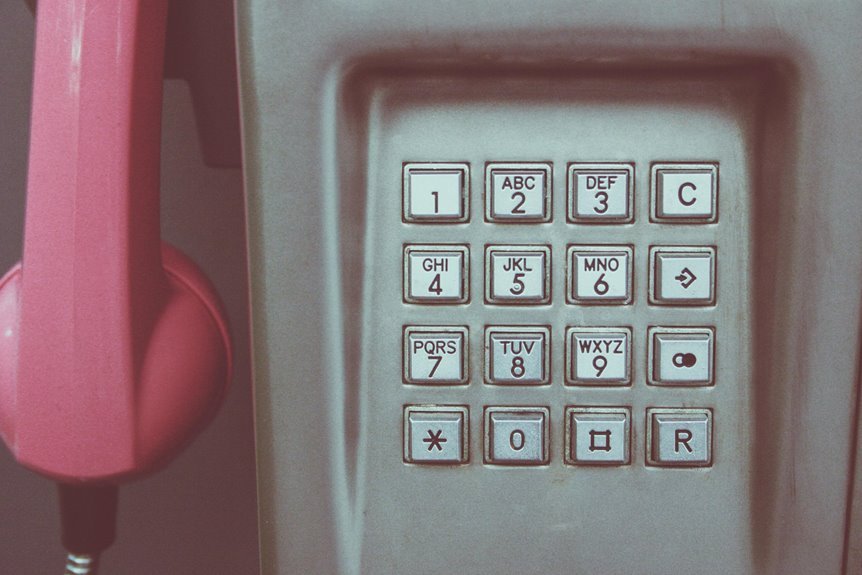Trace Suspicious Contact 3278922853, 3889905322, 3470254282, 3209591803, 3663049675, 3509254416

Tracing suspicious contacts such as 3278922853, 3889905322, 3470254282, 3209591803, 3663049675, and 3509254416 is a crucial step in enhancing personal security. Utilizing reverse lookup services can yield pertinent information about these unknown numbers. Identifying the source of these calls may reveal potential threats. Understanding how to leverage available tools effectively is essential for mitigating risks and ensuring safety in communication. What methods can be employed to uncover more about these numbers?
Understanding the Importance of Tracing Suspicious Contacts
The necessity of tracing suspicious contacts lies in its potential to mitigate risks associated with security breaches and public health threats.
Monitoring suspicious calls enables timely interventions, protecting individual freedoms and community safety.
However, such measures raise privacy concerns, necessitating a balance between vigilance and respect for personal data.
Effective tracing methods can enhance security without infringing on civil liberties, ensuring informed decision-making.
Methods to Identify Unknown Phone Numbers
How can individuals effectively identify unknown phone numbers?
Employing reverse lookup services allows users to trace the origin of unfamiliar numbers efficiently.
Additionally, utilizing caller ID features can provide instant recognition, enhancing personal security.
Tools and Resources for Tracing Contacts
Identifying unknown phone numbers often leads individuals to seek out various tools and resources for tracing contacts.
Reverse lookup services enable users to obtain information about callers, enhancing caller identification.
Additionally, mobile applications offer advanced features like spam reporting and community feedback, aiding in recognizing suspicious contacts.
Utilizing these resources empowers individuals to reclaim control over their communication and maintain privacy.
Staying Safe: Preventing Future Unwanted Communications
While unwanted communications can be disruptive, implementing proactive measures significantly reduces the likelihood of future disturbances.
Individuals should prioritize blocking unwanted contacts and utilizing call-blocking applications.
Additionally, reporting scams to relevant authorities fosters a safer environment.
Regularly updating privacy settings and being vigilant regarding personal information sharing will further enhance protection against future unwanted communications, empowering individuals to maintain their freedom and security.
Conclusion
In an age where digital connectivity often blurs the lines of safety, the act of tracing suspicious contacts becomes not just a precaution but a necessity. Coincidentally, a single phone number could lead to the discovery of a potential threat or an unexpected connection, underscoring the duality of technology. By employing reverse lookup services, individuals can safeguard themselves against the unknown, transforming a moment of uncertainty into a proactive step towards personal security and community well-being.


